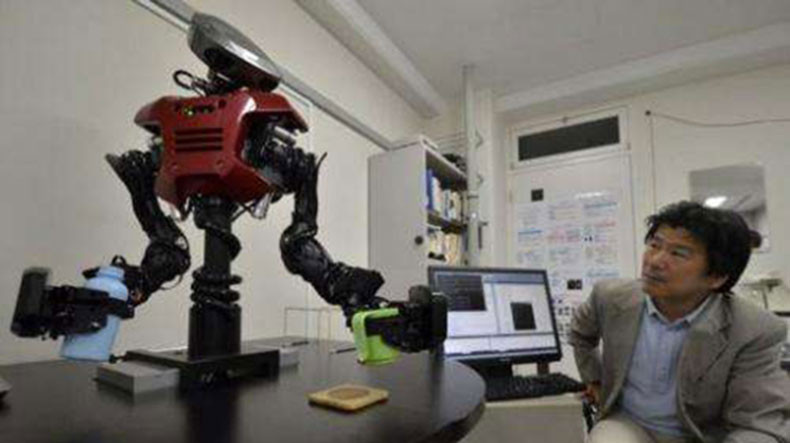
Japanese scientists create world’s first ‘thinking’ robot with a brain
Japanese scientists have created the world's first 'thinking' robot that is able to steer its way around walls and obstacles, The Independent reports.
The robot has brain-like neurons grown in the lab and when the cells were electrically stimulated, the machine successfully navigated a small maze.
A technique called 'physical reservoir computing' enabled it to make sense of the brain waves and dodge the barriers, researchers said.
Co-author Professor Hirokazu Takahashi said: "These nerve cells, or neurons, were grown from living cells.
"They acted as the physical reservoir for the computer to construct coherent signals."
It is the first time intelligence has been "taught" to a robot. The signals passed on environmental information as it moved through the maze.
If the AI (artificial intelligence) vehicle veered in the wrong direction or faced the wrong way, neurons in the cell culture were disturbed by an electric impulse. In a series of trials it was continually fed the signals until it accomplished the task.
The circular machine - about three inches in diameter and two inches high - would fit into the palm of your hand.
Prof Takahashi said: "Our work was the proof of concept the brain tissue could be used as a physical reservoir."
It opens the door to developing machines that solve problems - by thinking like humans.
Newsfeed
Videos






























